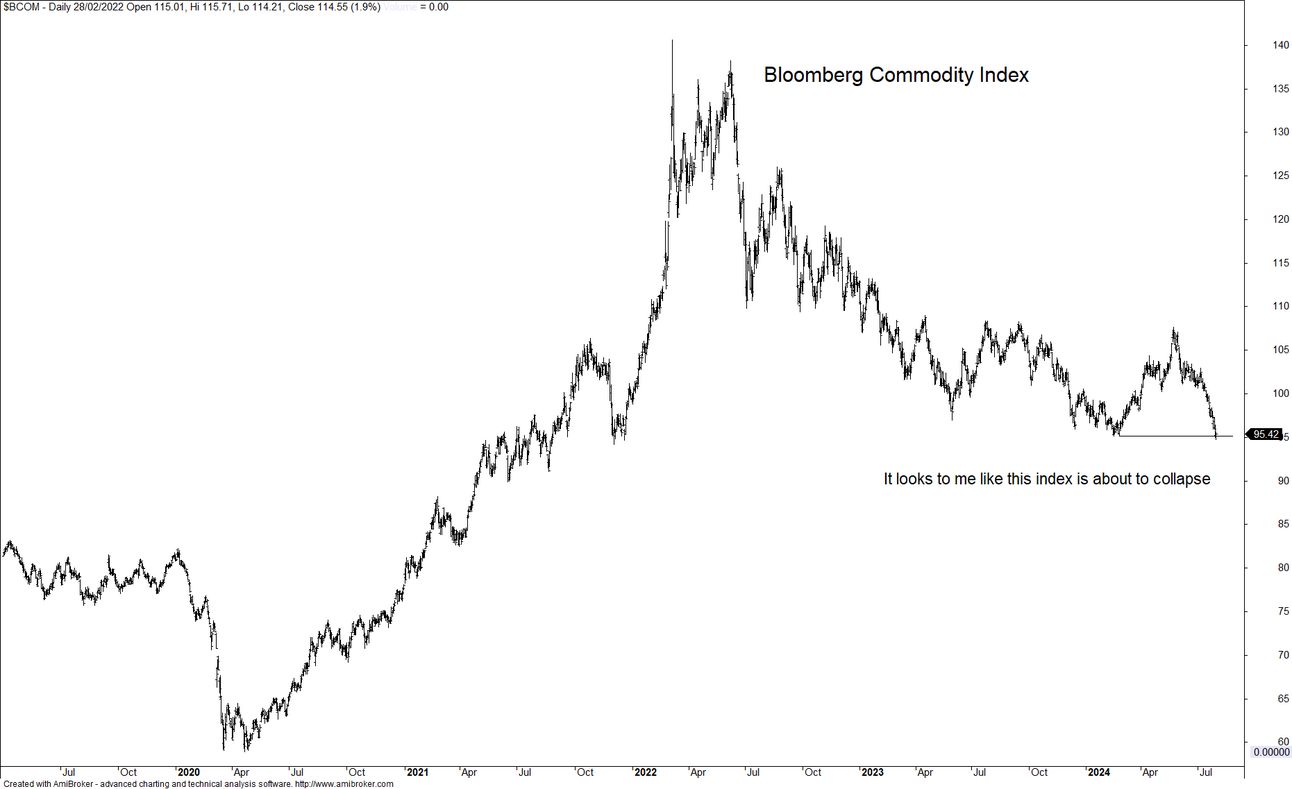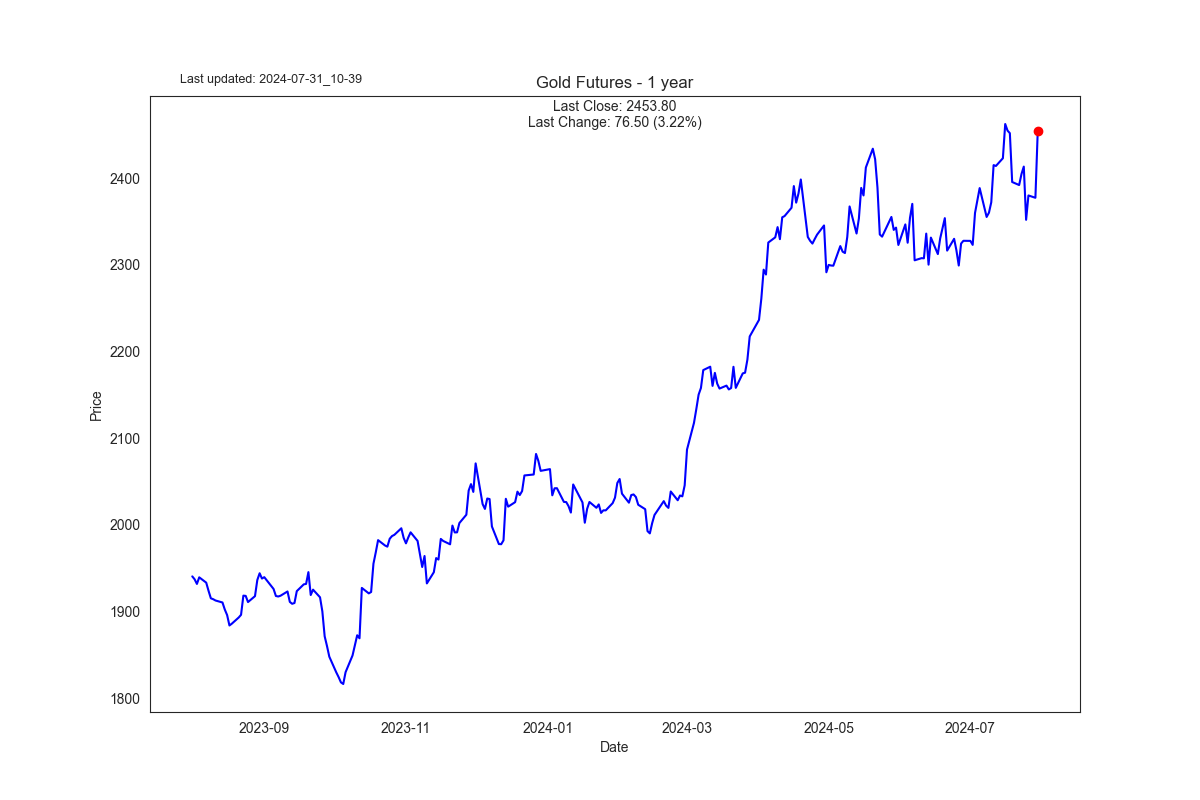Pinned Note: Over the next week or so, my focus will be on advancing the web portal development, so these letters will be done quicker than usual. The depth of analysis, therefore, might not be up to my usual standard.
S2N Spotlight
I think Professor Nouriel Roubini is one of the greatest economists and market forecasters of our time. He isn’t just a boring genius but rather a colourful creative character with the ability to teach. He took on a new part-time consulting role with Hudson Bay Capital a few months ago and produced this excellent research paper in collaboration with fellow Harvard & Treasury alumni Stephen Miran, Ph.D.
For those into monetary economics, it is well worth reading but I will save you the time and effort in a few sentences. I think the best combination is when someone has formal training as well as practical experience. Both Roubini and Miran worked for the US Treasury. Roubini for the Clinton administration, and Miran for the Trump administration.
In essence, Treasury issues policy guidelines relating to the makeup of the various government Treasury notes that will be issued in a given quarter. These guidelines have been following a pretty steady policy for decades. What Treasury has been doing via Activist Tactical Issuance over the last 12 months is modifying the durations of the issuances to effectively implement a backdoor form of monetary policy equivalent to quantitative easing.
Treasury is issuing much fewer 10-year notes in favour of 3-month bills. By creating a shortage of 10-year notes, demand increases, driving the price of 10-year notes up and yields lower. The paper attempts to quantify it and finds that this tactical issuance approach is equivalent to the FOMC dropping the Fed Funds Rate by 100 bps.
It is potentially a very dangerous new approach to market intervention. This kind of activity has the potential for blatant misuse. The Fed is considered a politically neutral institution, whereas the Treasury is under the control of the executive wing of the government in power and is therefore political. Allowing this kind of market intervention when there is no financial, war or pandemic crisis is worrying. It is pretty clear in an election year that it is very beneficial for the sitting government to do all that it can to juice the economy, and this is exactly what they have done. It is so important that people in leadership positions keep their hands off the tools designed for emergencies. Sadly, we are living in a time of very weak leadership across the world.
By the way, in case you didn’t see it, the US crossed $35 trillion in national debt last week. As the interest bill eats up more and more of the annual budget, we will continue to see new “tools” and “tricks” being deployed. No wonder gold and bitcoin are marching higher.
S2N Observations
The Commonwealth Bank of Australia is now the largest company in Australia, having surpassed the world’s largest miner, BHP.

With all the inflation, it is natural to think that the Bloomberg Commodity Index is charging higher. However, that is not the case. The market is a discounting machine. The run-up in commodity prices has already come and gone. The index below looks like it is about to break through support in anticipation of slower economic growth.

A final observation is how wrong I got my call on the yen a few weeks ago. I left the caption I wrote at the beginning of July. Today, the BOJ raised rates for the second time since 2007. I am not abandoning my weaker yen call (in the chart below, weaker means it goes up) in the long run, but anything could happen from here, so I don’t have a short-term view.

Performance Review







Chart Gallery






News Today

The post #113: Activist Treasury Issuance (“ATI”) appeared first on Signal2Noise.
